An itinerary to discover Dublin and its characteristic Irish culture
Dublin, “The Fair City” and capital of Ireland, is built at the mouth of the River Liffey. Its historic centre is compact and easily discovered on foot. Dublin is a vibrant city and its social life centres around local pubs.
The soul of Dublin revolves around traditional music and the poetry of its famous artists like James Joyce and Oscar Wilde. The pub is the cornerstone of Dublin’s social life and is the perfect place to enjoy a Guinness while listening to traditional music.
The itinerary of the historic centre can be easily done on foot. The parks and places outside the centre, can be reached using public transport. A good excuse to take a Dublin double-decker bus!
What to see in Dublin
Whiskey distilleries and breweries
Dublin’s food and drink itinerary should really begin with its finest, most characteristic features: distilleries and breweries of course! You’ve all heard of the famous art of distilling Irish whiskey; well this trip will show you how tradition and culture have merged in modern times.
The guided tours of whiskey and beer production are simply unmissable. The distilleries and breweries are actual working museums, where you learn about refined production methods and also taste the different specialities on site.
Jameson Distillery, Guinness Storehouse and Teeling Whiskey Distillery are located very close together. The Guinness factory tour is the highlight of any trip to Dublin and is best taken around sunset.
At the end of the tour you can sip a complimentary pint in the “Gravity Bar” where you will enjoy one of the most beautiful views of Dublin city from the panoramic terrace. We guarantee that you will never taste a Guinness like this anywhere else in the world!
Churches and Gothic cathedrals
St. Michan’s Church is a small church dating back to the 11th century. It is built on the north side of the river and is renowned for the mummified remains in its crypt. St. Patrick’s a gothic style cathedral and it is the largest in the City.
Dublin’s other cathedral is the Cathedral of the Holy Trinity. It was built from wood on the whim of a Viking king who converted to Christianity. Dublinia, a Viking and medieval history museum, is located in the wing of the building.
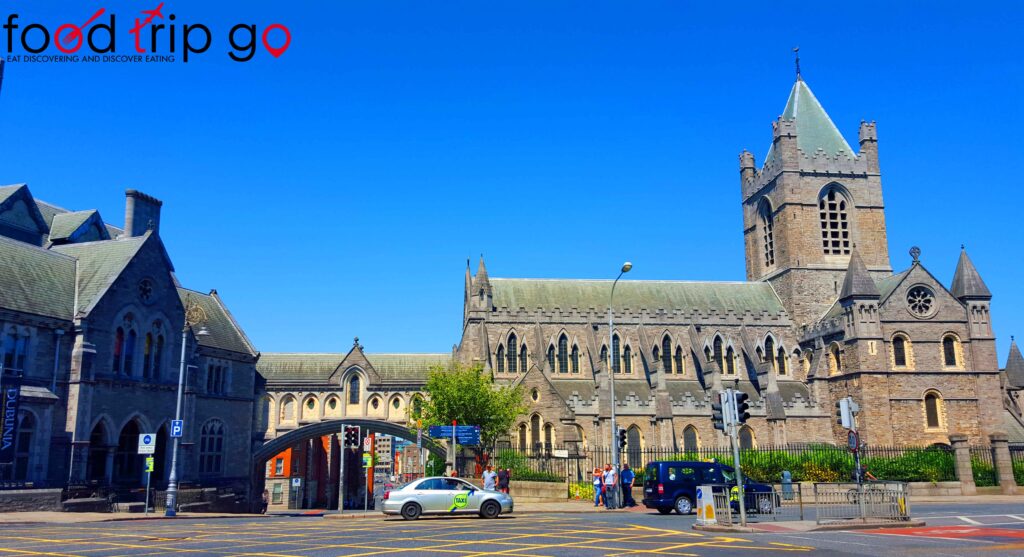
The Temple bar and pub district
No trip to Dublin is complete without a visit to the Temple Bar and pub area. This is the heartbeat of Dublin where you can enjoy a beer (or many!), listen to great, live music and enjoy the ‘craic’. The vibe is young and lively.
There is a fabulous choice of pubs here serving food and drink. This is a vibrant setting to enjoy a long summer evening. On summer evenings the light stays late.
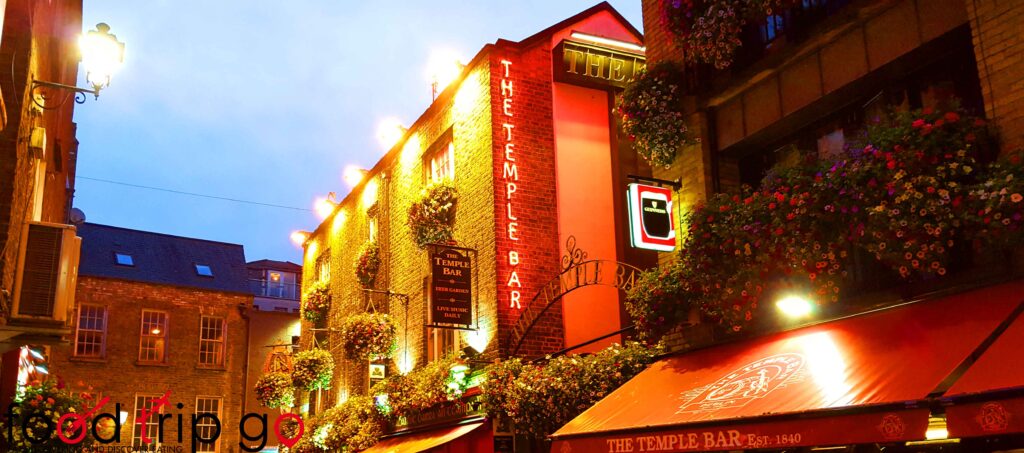
Dublin Castle and the Oscar Wilde Monument
Dublin Castle was the centre of English power in Ireland and has long been seen as a sign of British occupation. It was partially destroyed by a fire in the 1600s and today two towers and the state apartments can still be visited.
Merrion Square is famous for its memorial statue of Oscar Wilde. The famous Irish writer lived in a building overlooking the park.
Not far from here is Grafton street, Dublin’s popular shopping street. The Irish Whiskey Museum is nearby where you can learn even more about Irish whiskey and take a well-narrated tasting tour.
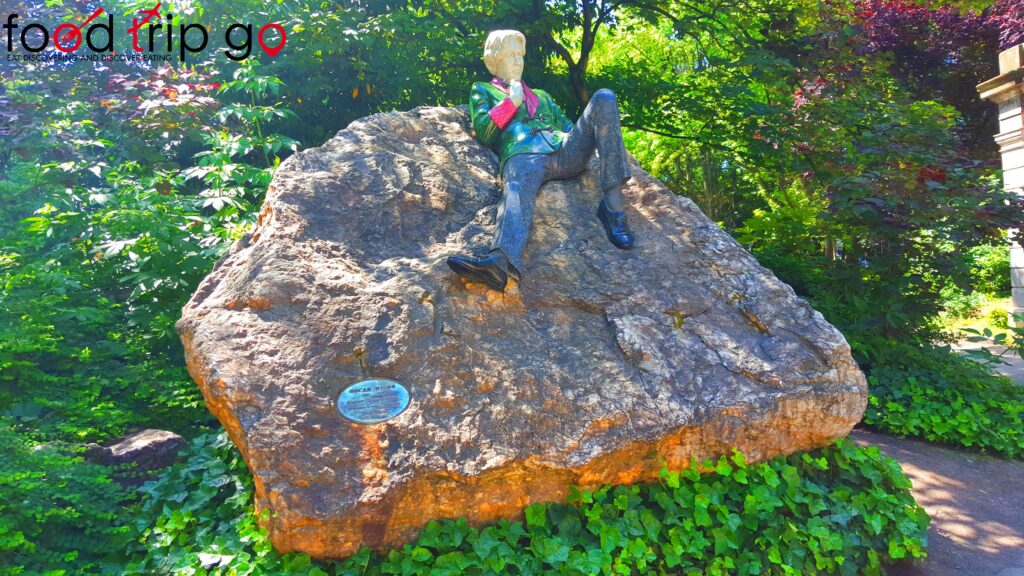
Il Book of Kells, Old Library Exhibition and Trinity College
The Book of Kells, also known as the Great Gospels of St Columba, is a manuscript written by Irish monks around 800. It contains the four Latin Gospels and is full of colourful and intricate illustrations and adornments.
It is on display in the library of Trinity College in Dublin. Samuel Beckett, Oscar Wilde, Edmund Burke and Oliver Goldsmith were all former students of Trinity College. Scenes from the Harry Potter film were also filmed in the ancient library.
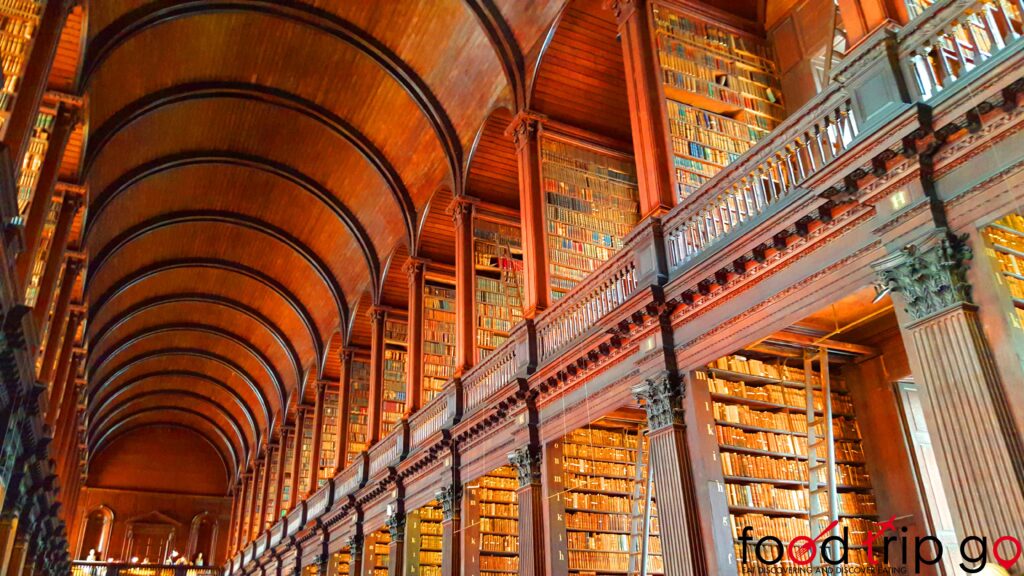
Museums and Monuments North of the river
Crossing the river, you’ll see the Dublin Spire, a 120-metre-high monument to light. The Famine Sculptures are nearby, on the riverbank. This series of statues represent Irish people emigrating to escape the mid-800s famine.
The same theme is covered in EPIC, the Museum of Irish Emigration. You can also visit the floating museum sailing ship, Jeanie Johnston here. The museum is a copy of the 800s original ship that brought Irish migrants to North America.
Nearby is the famous Samuel Beckett Bridge. Its shape recalls a Celtic harp, Irish national symbol.
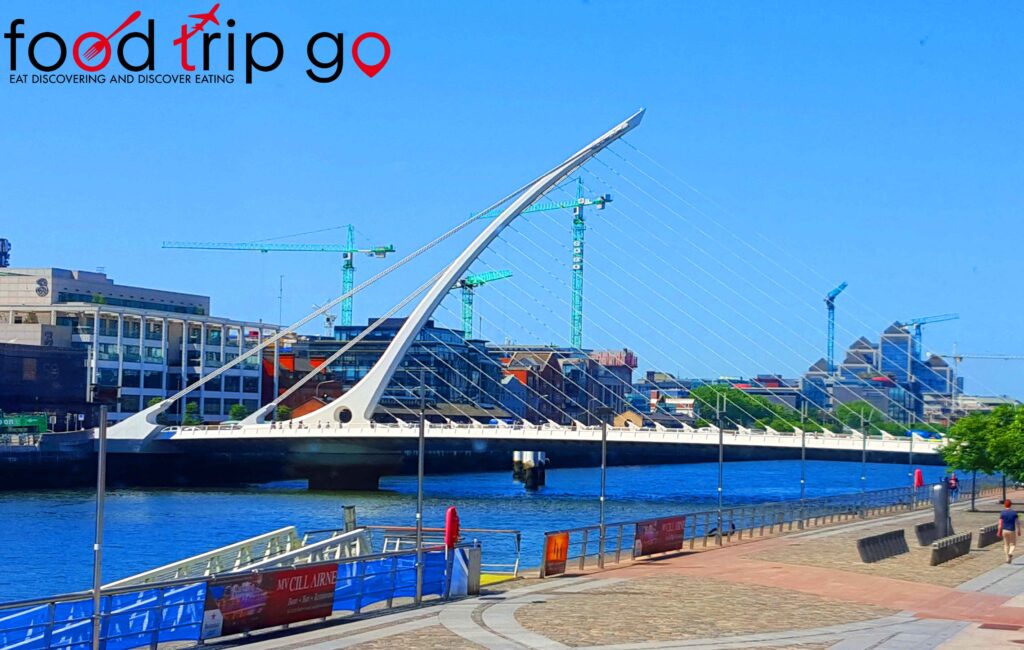
Outside the historic centre: Drimnagh Castle, Kilmainham Gaol, Phoenix Park, Glasnevin Cemetery and Howth
Outside Dublin’s historic centre, you will find Drimnagh Castle and Kilmainham Gaol. Kilmainham Gaol is historically symbolic and was very significant during Ireland’s struggle for independence. It is well worth a visit. Phoenix Park is the largest city park in Europe, look out for the wild deer and donkeys.
Glasnevin Cemetery is like an open-air museum. With its twisted trees and crows, it is very atmospheric and covers a lot of ground. A short train ride away, you’ll find Howth, a pretty Dublin suburb by the sea. Enjoy excellent seafood here and go for a dip in the Irish sea.
The Irish food and drink tradition
Irish culture has travelled down the centuries through traditional music, great artists, poets and writers. In addition, the Irish are very proud of their world-famous whiskey distilleries and breweries. The methods come from ancient family traditions that have been handed down the generations.
Today, Ireland’s breweries and distilleries combine modernity with traditional arts. The timeless quality and taste have been sustained to produce some of the finest whiskeys and beers in the world.
As for food, Irish stew is probably the best-known traditional dish. It is a simple dish, typically made with slowly cooked mutton or lamb, potatoes and onions. Irish stew is usually served with mash. Another tasty dish worth trying is Dublin Coddle, made with pork sausage, bacon, potatoes and onions. The typical Irish cooked breakfast consists of eggs, bacon, toast, sausages and black pudding.
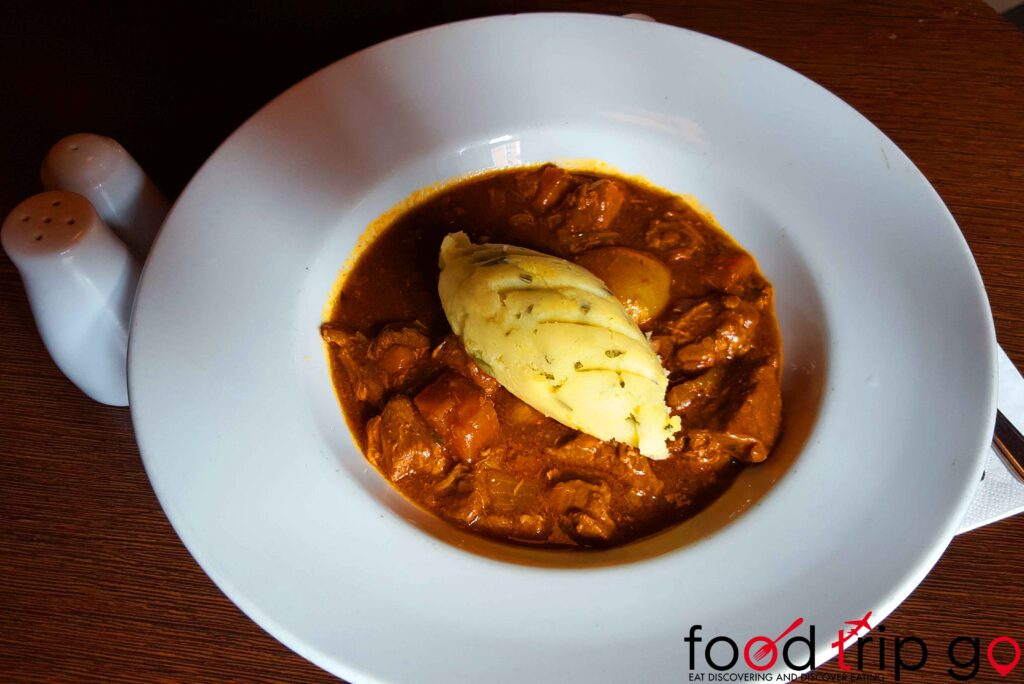
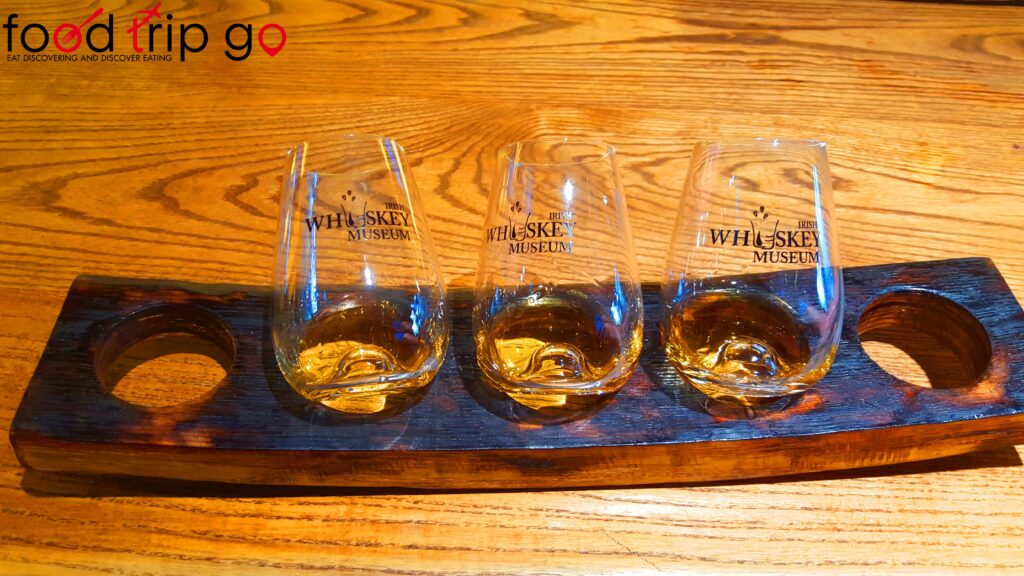
Dublin and tradition
Dublin is a unique city. Its tradition combines music, poetry, writing, social life in pubs and a genuine passion for whiskey.